![]()
![]() As 2011 draws to a close, ’tis the season for retrospectives, and we’re surprised that no-one this year seems to have started up the travel meme that has been so popular in the geoblogosphere in the past. After all, it gives us all the chance to (a) boast about all the cool places we’ve been in the past 12 months, and (b) show everyone pretty pictures – what’s not to like? Perhaps it just needs someone (i.e. us) to get things moving with a month-by-month summary of our travels in 2011.
As 2011 draws to a close, ’tis the season for retrospectives, and we’re surprised that no-one this year seems to have started up the travel meme that has been so popular in the geoblogosphere in the past. After all, it gives us all the chance to (a) boast about all the cool places we’ve been in the past 12 months, and (b) show everyone pretty pictures – what’s not to like? Perhaps it just needs someone (i.e. us) to get things moving with a month-by-month summary of our travels in 2011.
In January we were both at ScienceOnline in North Carolina, the annual chance to meet in real life all of our online friends. As usual, many interesting conversations ensued.
In February we didn’t travel anywhere, but the 20-odd inches of snow deposited by the Groundhog Day snowstorm made Chicago an entirely different place.

Snow accumulation over 12 hours during the Groundhog Day blizzard 2011. Photos: Chris Rowan, 2011
In March, we explored Mammoth Cave in Kentucky, where you can see groundwater in action and where Anne’s daughter appreciated being the only person on the tour who didn’t have to duck in the low passageways between the giant main chambers. Plus, speleothems!
An April hike in the Smoky Mountains had Chris appreciating not just a pretty waterfall, but the long geological history that contributed to it being there.
On a trip to Southern Illinois in May, Anne got to play with stream tables and see the aftermath of the Mississippi flooding that she wrote an award-winning blog post about.
In June, we took advantage of the summer weather to take a boat trip along the shores of Lake Michigan and the Chicago River. It should come as no surprise than Anne was quite interested in the locks that ensure that the flow of the Chicago river is reversed, with water running out of Lake Michigan rather than into it as it originally did.
There was also a brief trip to Wisconsin Dells, including an early morning hike at Rocky Arbor State Park.
In July, Anne won the ‘make Chris insanely jealous’ prize by getting to visit the Galapagos Islands for a Chapman conference. It was, of course, complete happenstance that the best lavas to look at were on the beach.
August‘s visit to the UK included ammonite hunting on the Jurassic coast, and a visit to some Wollemi pines that have made their home in Essex, of all places.
In September Chris spent a few days in Montreal for a conference, which has at least one item of geological interest in the form of Mont Royal, an eroded volcanic complex. Chris, starved of topography from all those months in flat, flat Chicago, couldn’t resist climbing to the top of it, but sadly didn’t have time for any real geologising.
In October Anne travelled to Minnesota for the GSA conference, and took the time to take a walk around one of the lakes the state is famous for – one familiar to her from her days as a Masters’ student at the University of Minnesota.
November saw very little travel, because we were both busy preparing for the annual December pilgrimage to the AGU conference in San Francisco. Despite spending most of the time in entirely different sessions, hearing about totally unrelated (yet equally cool) new science, we did take the time to nip over the hill to Fisherman’s Wharf, and were treated to a lovely sunset over the Bay.
You are challenged to join us in summarising your travels. Go on, make us jealous!


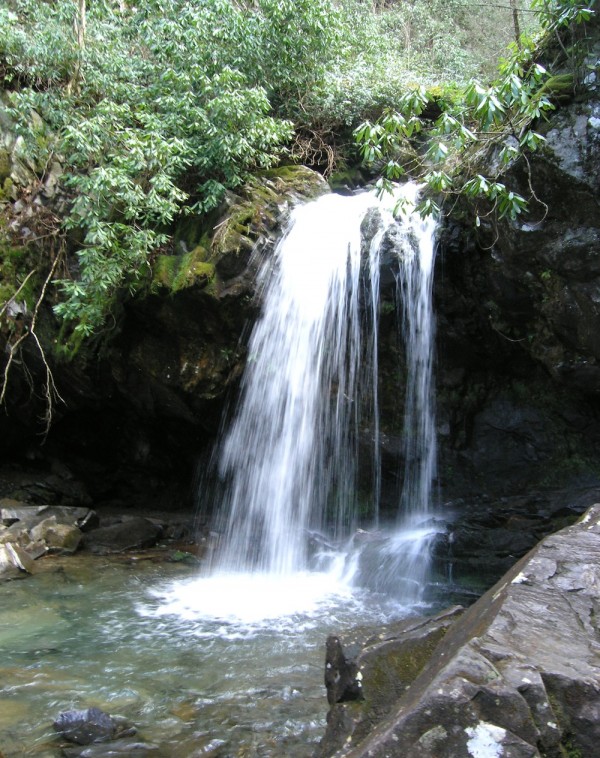

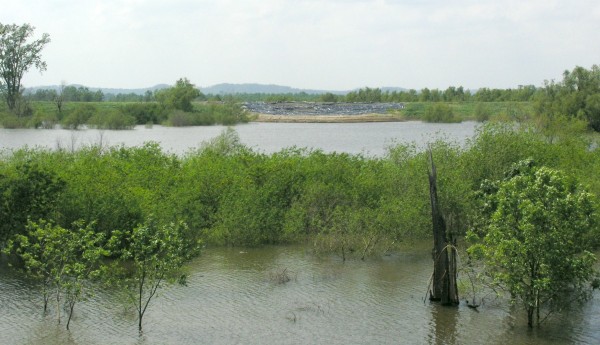
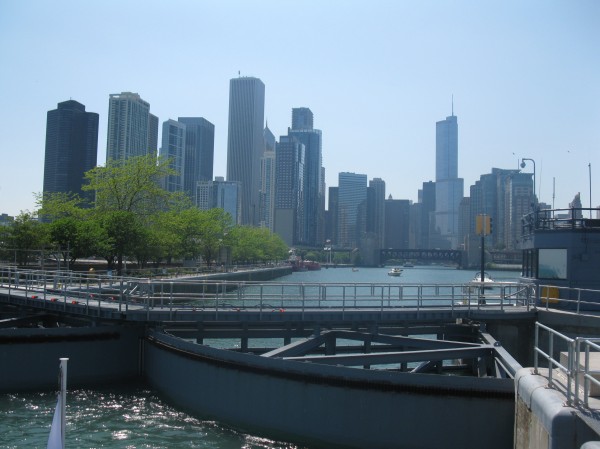
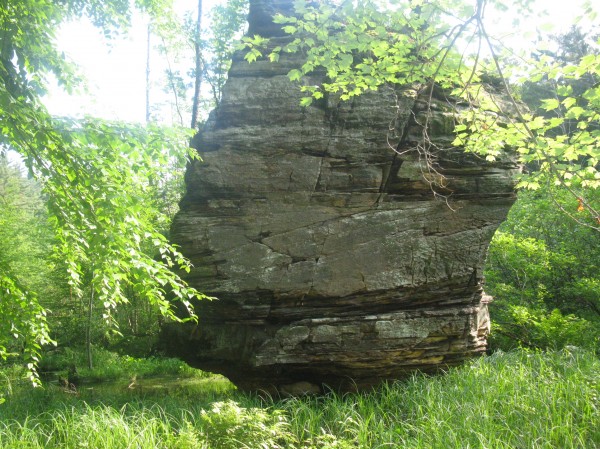

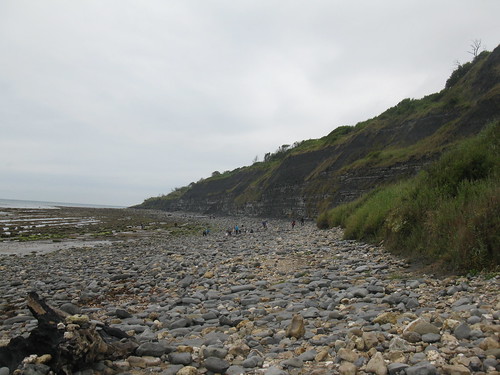
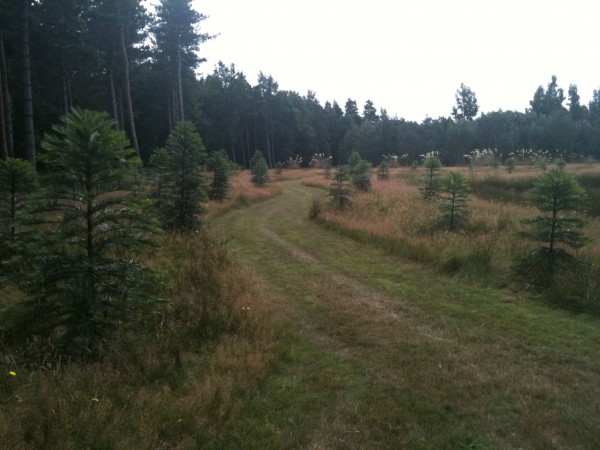

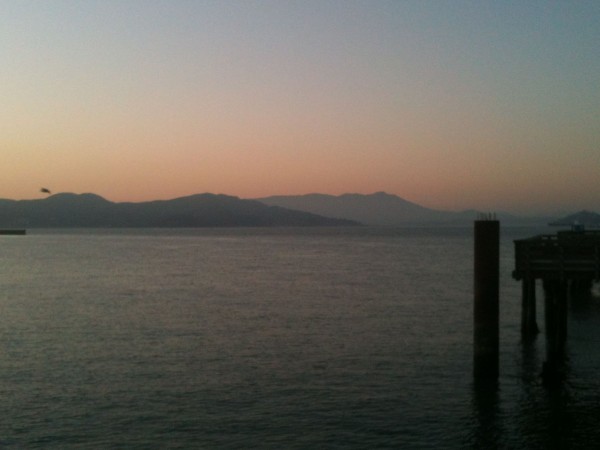


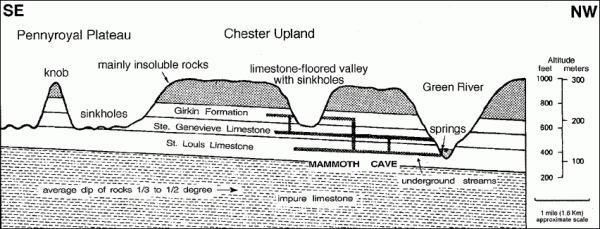
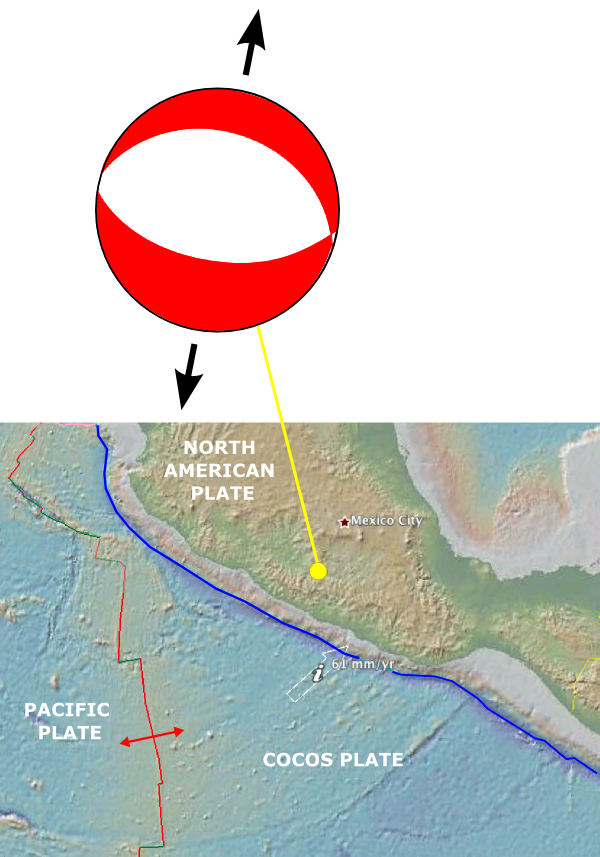



Nice plan for content warnings on Mastodon and the Fediverse. Now you need a Mastodon/Fediverse button on this blog.